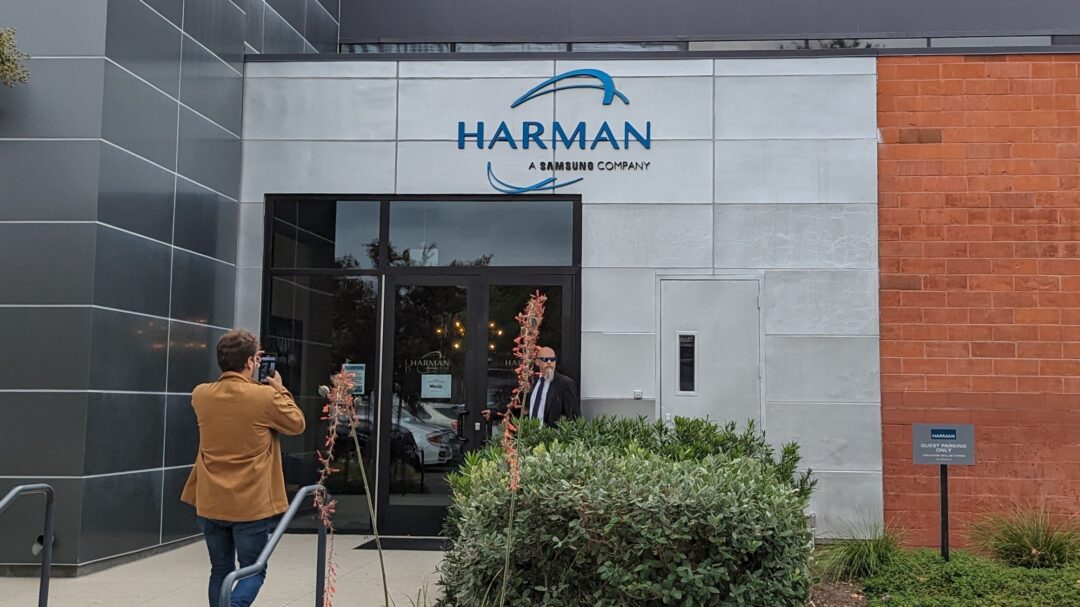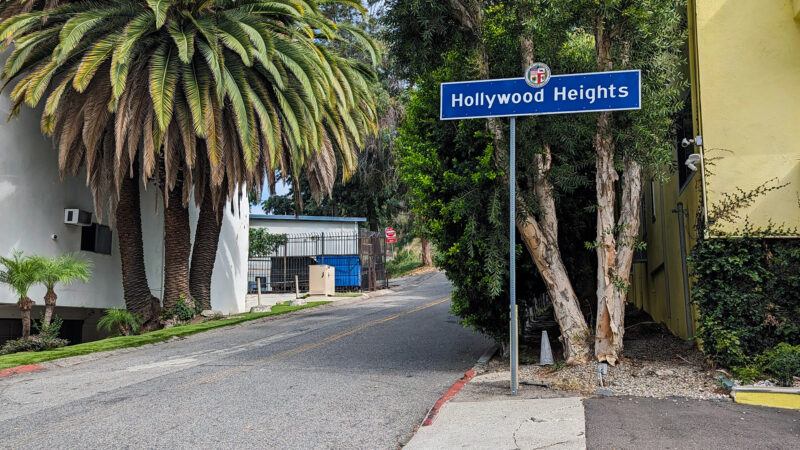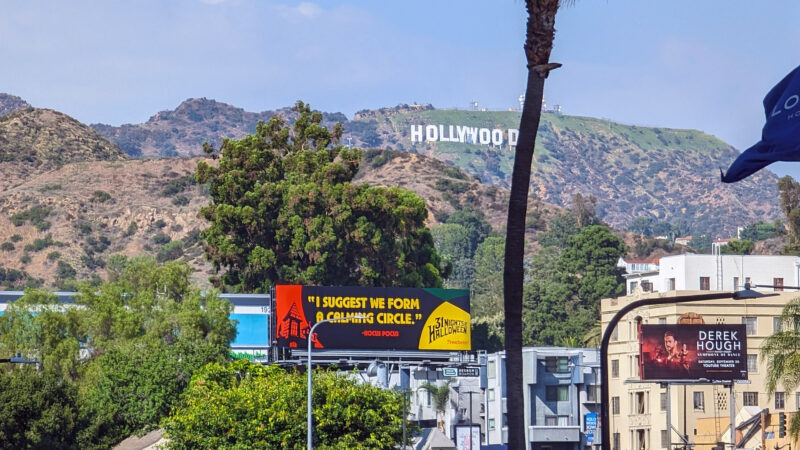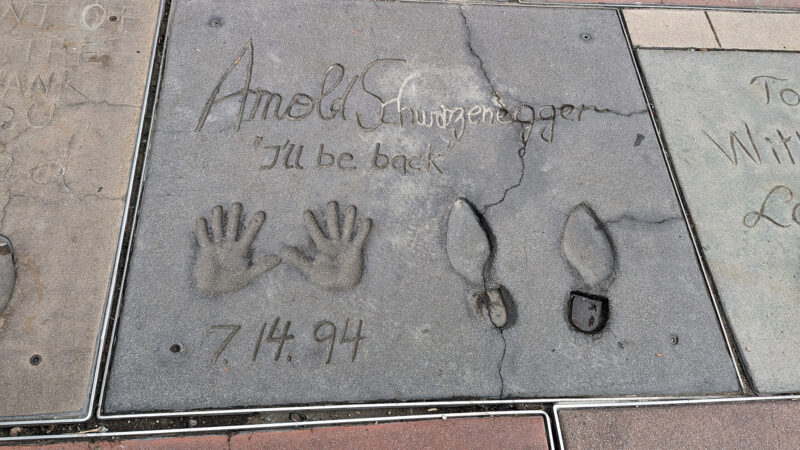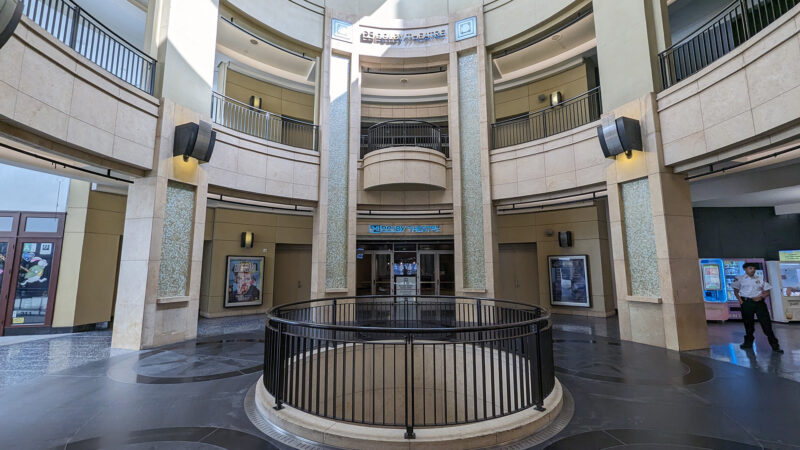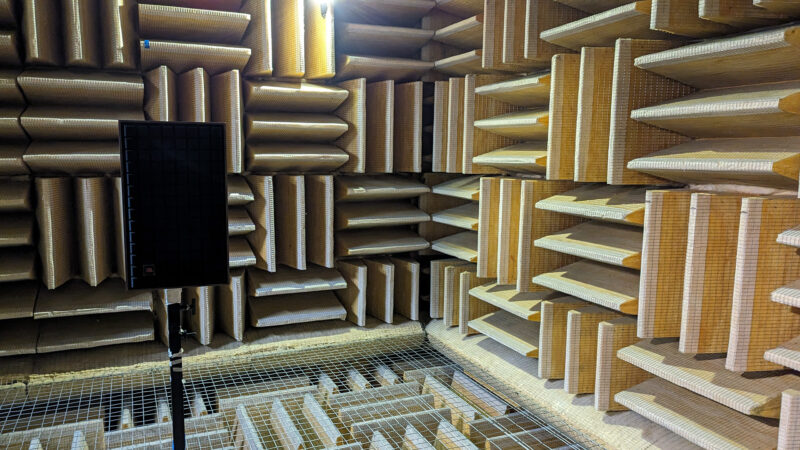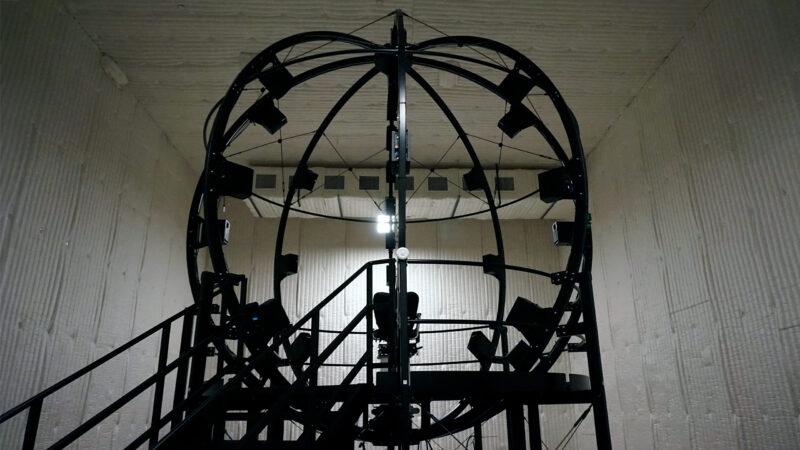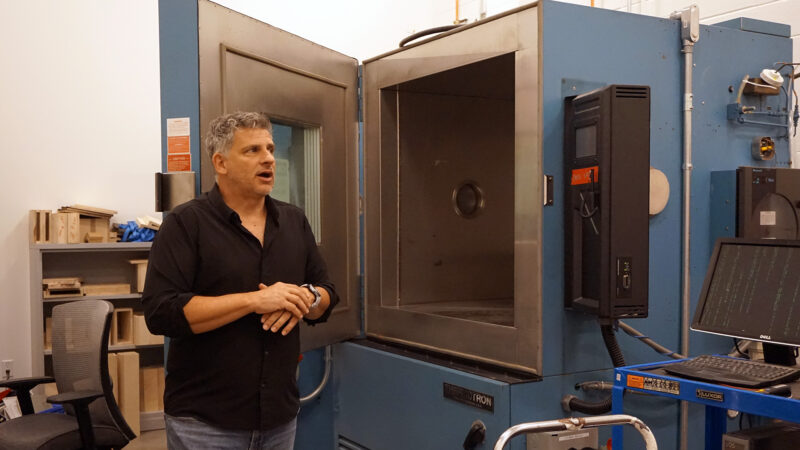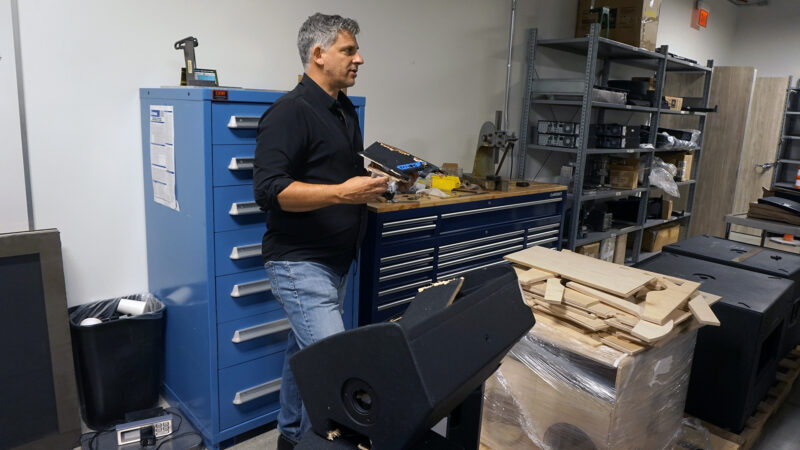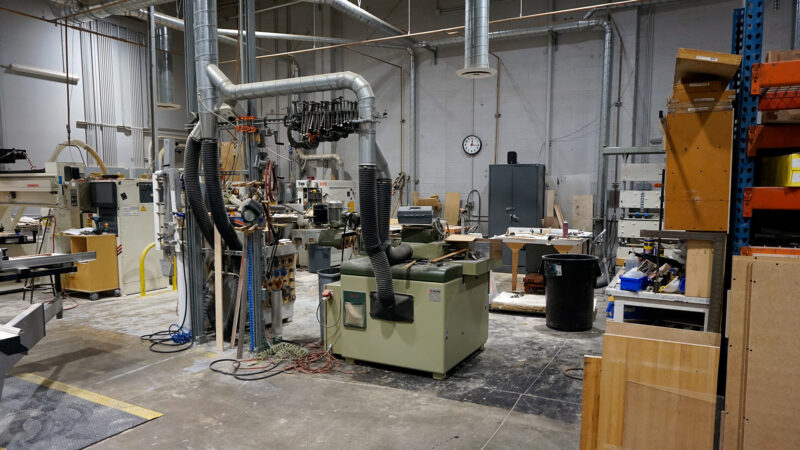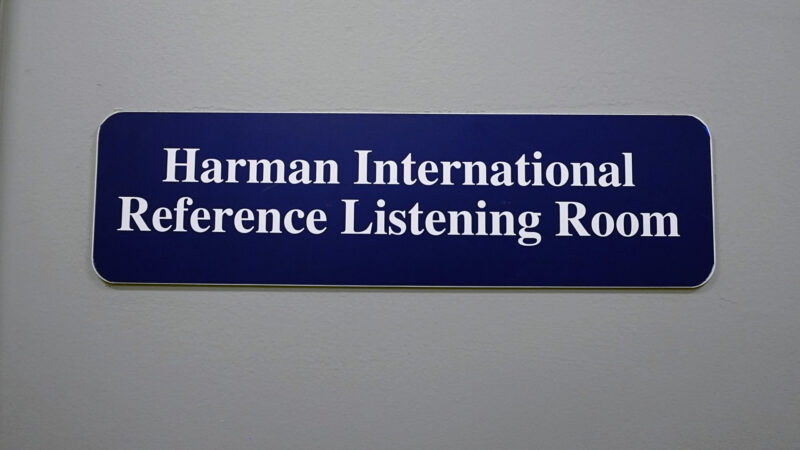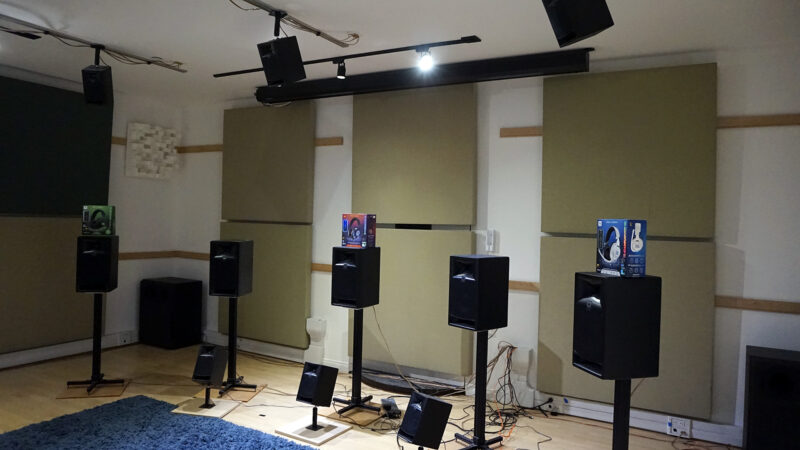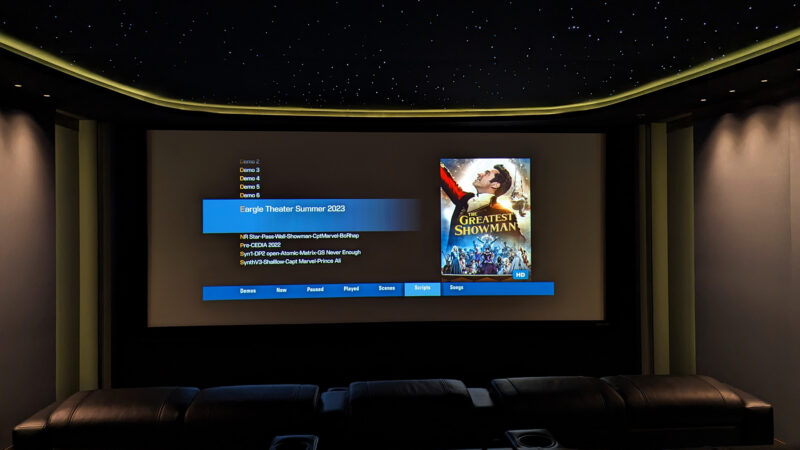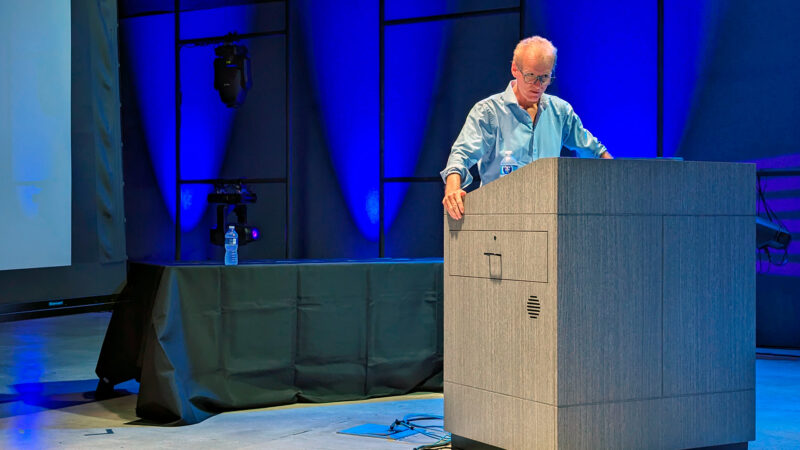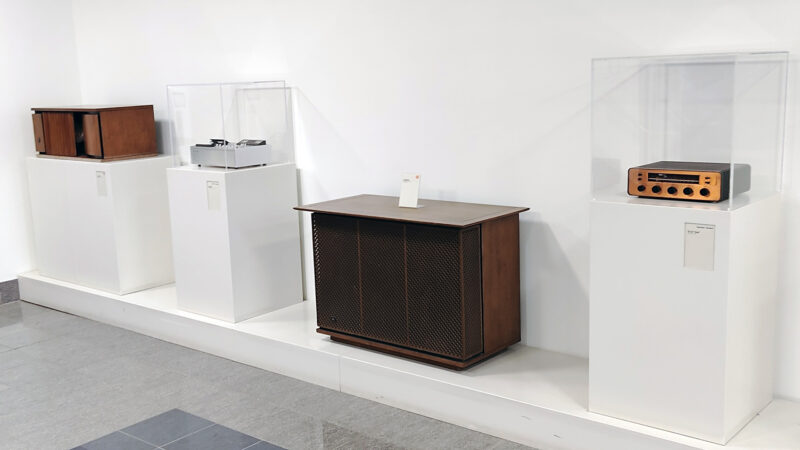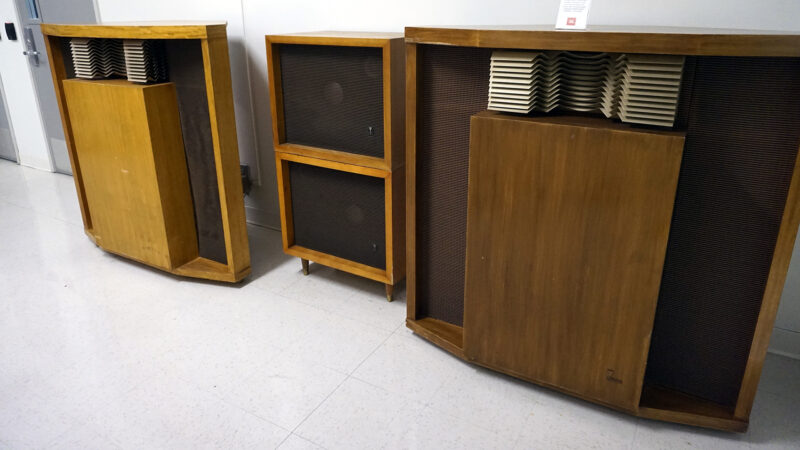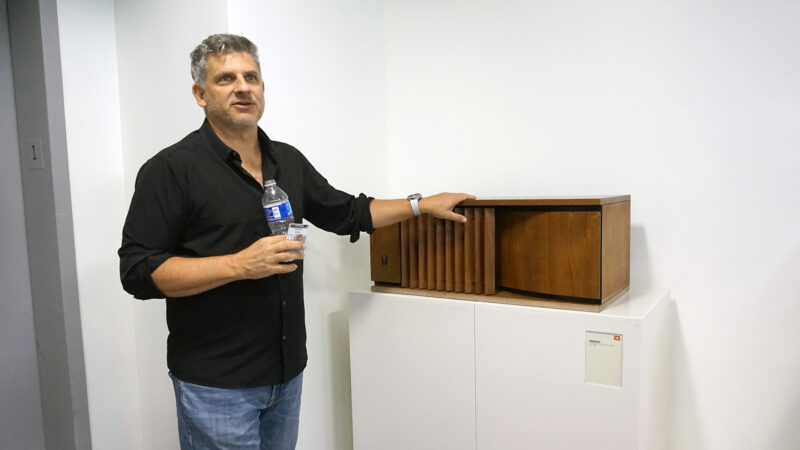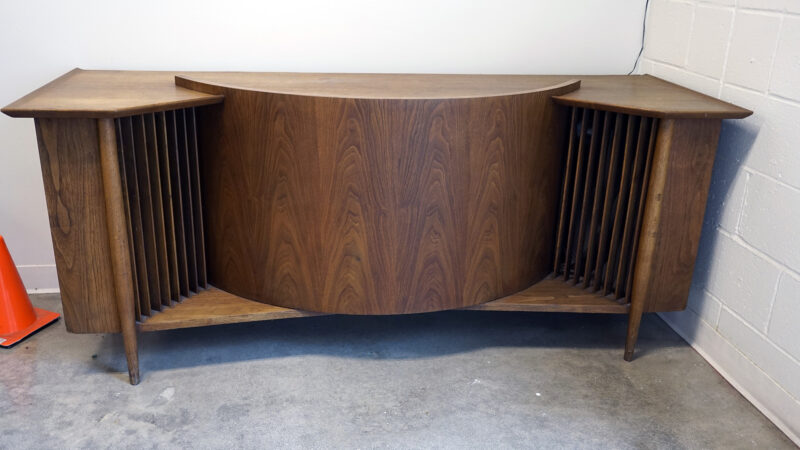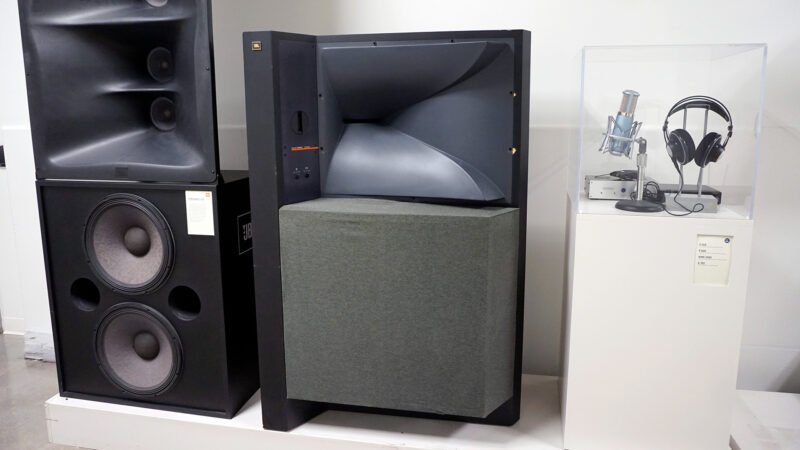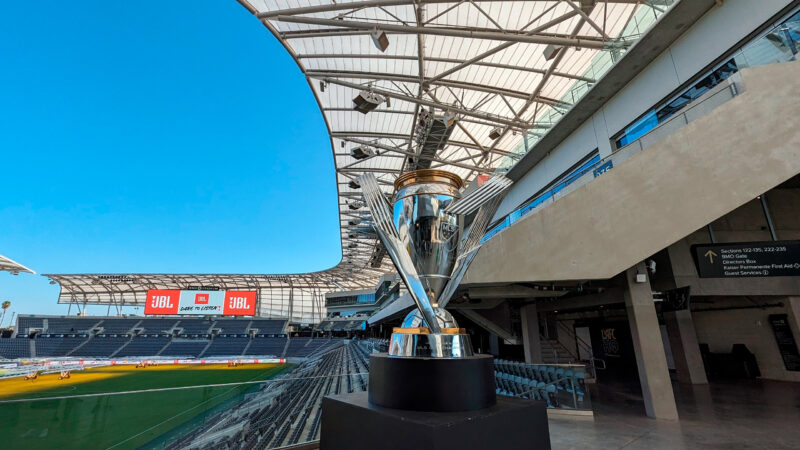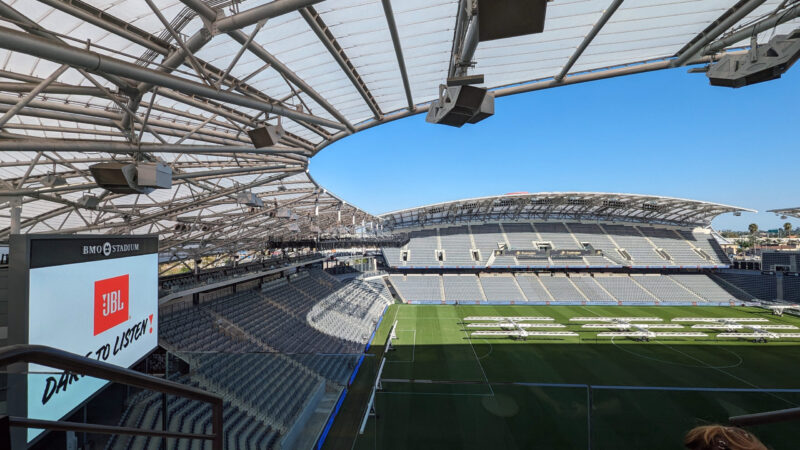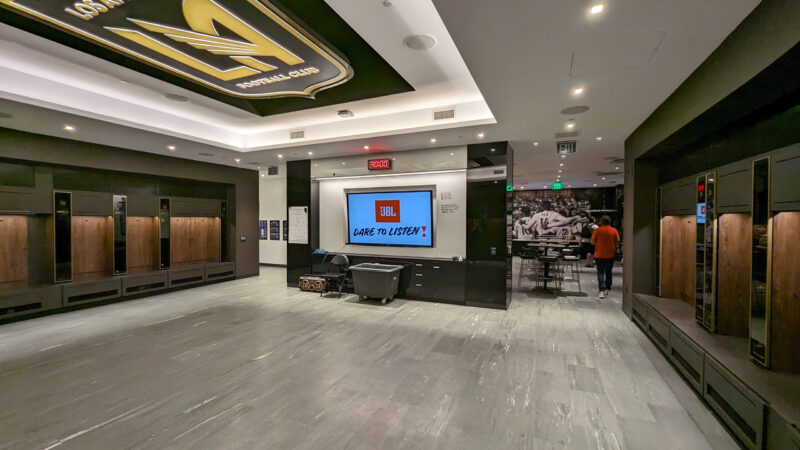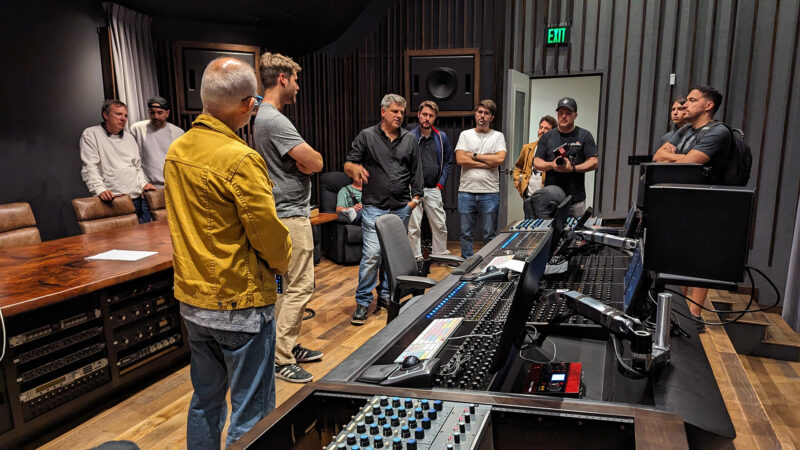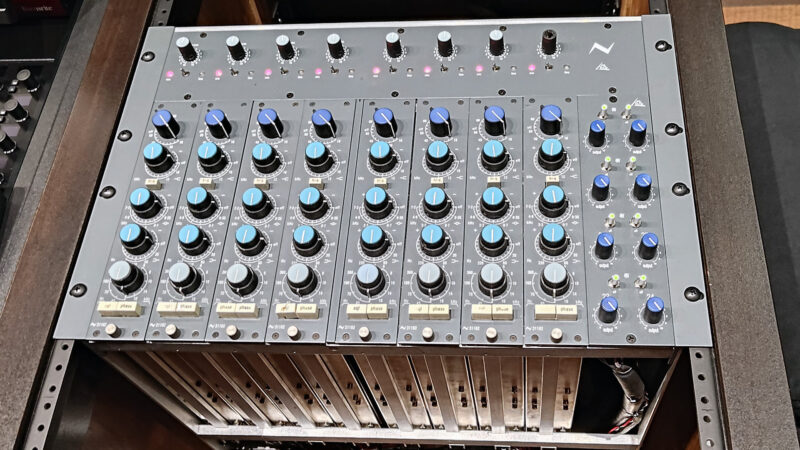Few brands are as well known in the hi-fi world as JBL. And after more than three quarters of a century, JBL is just as recognised as it was in its youth.
JBL today is broader than ever: From headphones and handheld Bluetooth speakers to professional stage and studio monitors. And JBL is just one of the companies in the Harman Group, which also supplies lighting and electronics equipment to the rest of the professional world.
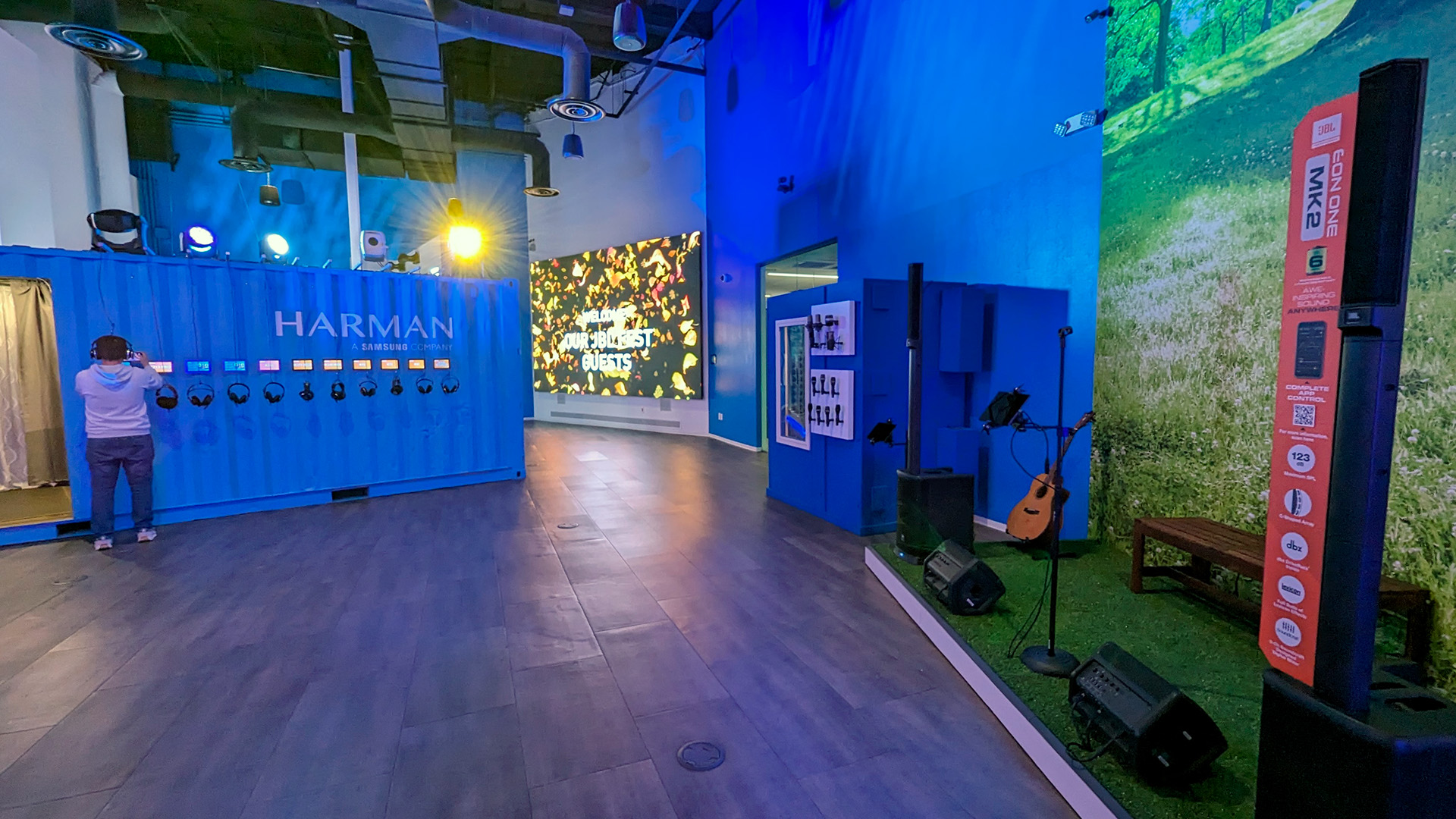
L&B Tech Reviews was one of the few media outlets allowed a behind-the-scenes look at Harman’s acoustic technology lab in Northridge, USA, where much of the development work takes place.
Laying the foundations in Hollywood
JBL was founded in Los Angeles in 1946 by James Bullough Lansing, whose initials gave the company its name. In fact, the same James B. Lansing had been designing loudspeakers as early as 1927, in what would later become Altec Lansing. But financial problems and dissatisfaction with the direction of the company meant that Lansing left Altec to start afresh. The new company was named James B. Lansing Sound, which was later shortened to JBL.
Both Altec Lansing’s and JBL’s speakers were developed especially for the rapidly growing film industry. JBL’s headquarters are located close to Hollywood, and cinema sound became largely synonymous with James Lansing’s speaker designs in the 1940s.
However, it wasn’t until the 1950s, after the founder’s death, that the JBL name became known outside of cinemas.
Harman Global Centre of Acoustic Excellence, Northridge
Although we are where JBL began, the centre in Northridge, Los Angeles, is much more than a museum. The centre is first and foremost a development lab. The centre houses no fewer than four anechoic chambers, several workshops and listening rooms, as well as the reference cinema, the John Eargle Theater, modeled after the Academy of Motion Picture Theatre.
Standardisation
Throughout your visit to Harman, you get the impression of an organisation that values measurability and standardisation. Not only is the reference listening room at the Northridge Centre constructed and acoustically damped to the highest standards (just what we need!). The room itself is a benchmark for Harman’s listening tests. That’s why identical listening rooms have been built in several of Harman’s development centres.
We also hear from Sean Olive, a sound researcher at Harman, about the analysis he conducted in 2013, where more than 200 people listened to a large number of headphones in many price ranges to assess whether there was a general perception of good and bad sound.
The study concluded – fortunately, but also somewhat surprisingly – that both trained and untrained listeners actually favoured neutral sound reproduction.
The centre also includes a 1,400 square metre stage space where the Harman Group’s stage equipment, including Martin lights and light shows, can be demonstrated.
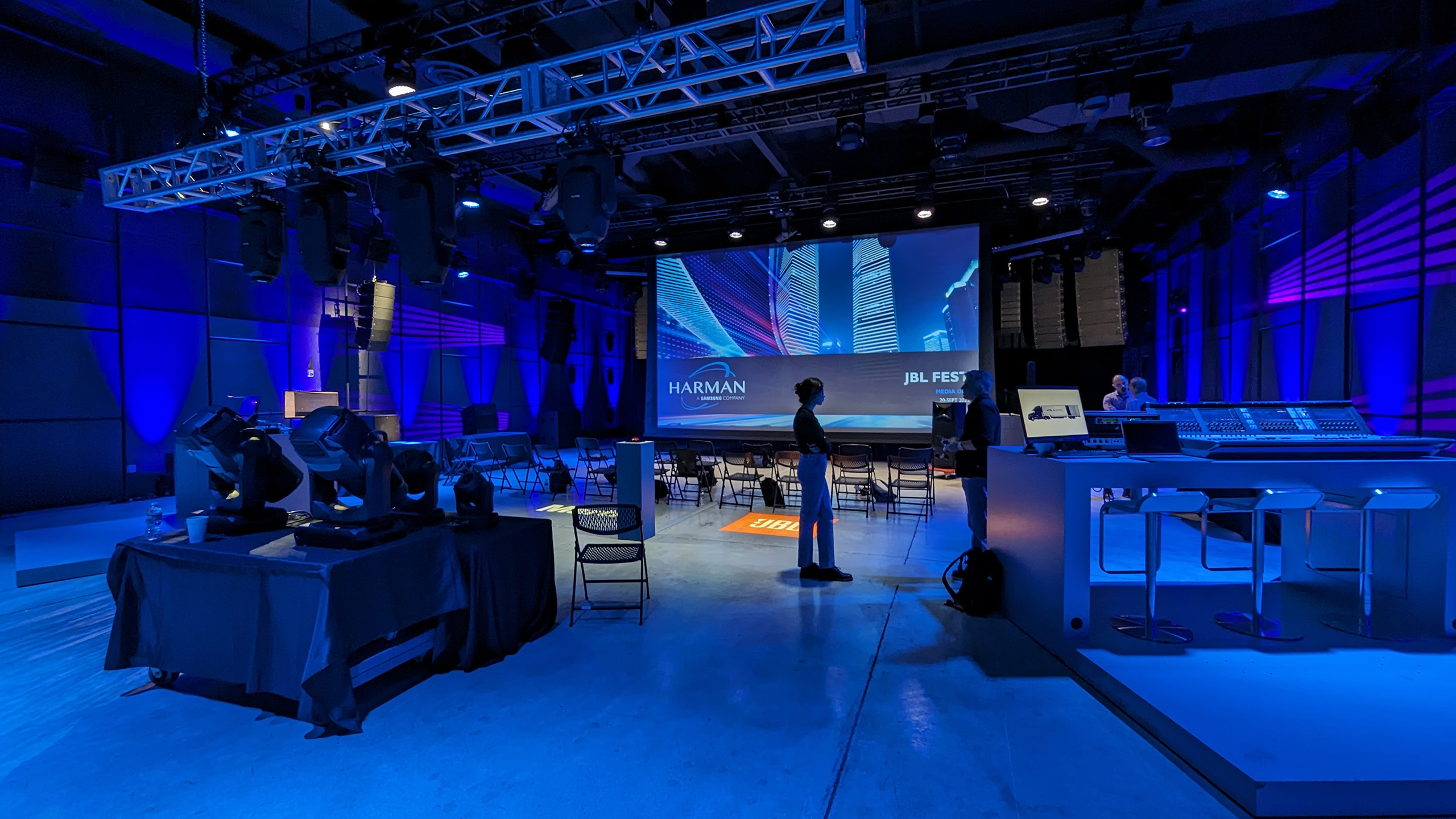
A big red button in the centre of the room irresistibly invites you to press it. And when you do, it triggers a five-minute explosion of light and sound. We’re not allowed to reproduce the whole sequence, but here’s the introduction.
Historic loudspeakers
The Northridge Centre is close to where it all started for JBL. And some of the most famous models are on display in the centre’s hallways. Not least the huge Hartsfield horn speakers, created in 1955 in response to Klipsch’s success with their Klipschorn. You won’t find a Paragon. But the two smaller and actually rarer versions, Metregon and Minigon, are on display.
Stadium sound
JBL and Harman are famous for providing audio equipment for professional installations. The trip also took us to one of the places where the equipment is used in practice, BMO Stadium in Los Angeles. Here, 22,000 spectators can be covered with sound from JBL and Harman.
Three Grammy awards
Grammy awards are usually given to performing musicians. But the Harman Group has received three for its contribution to the technical development of music. The three technical Grammys, awarded to Lexicon (effects machines), AKG (microphones and headphones) and JBL respectively, are on display in the Northridge Centre’s entrance area.
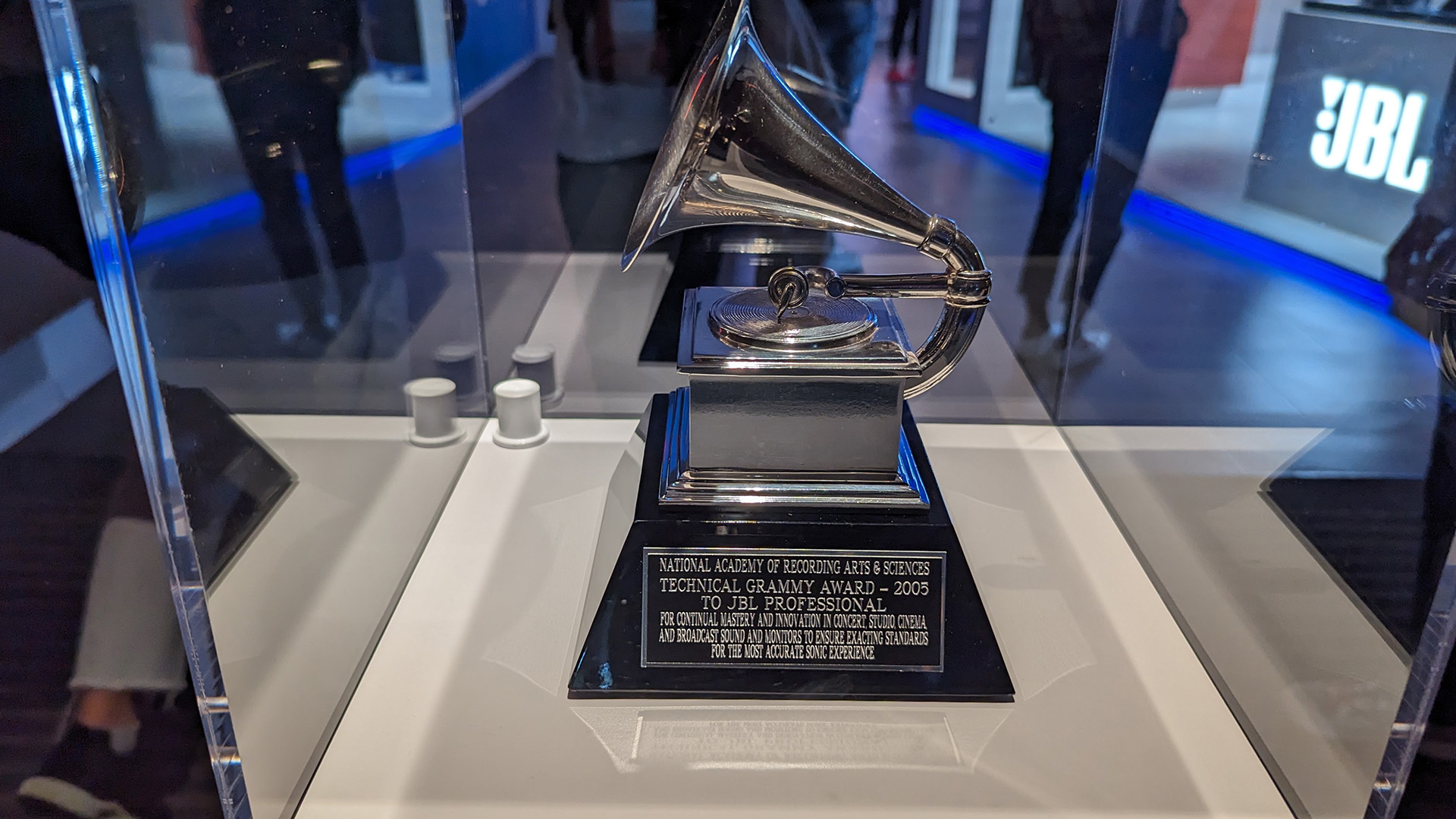
“We’d like you to visit some of our friends…”
At the end of the visit, we get a surprise. “We want you to visitsome friends of ours,” says David Glaubke, who, as Harman’s Director of Communications, has been showing us around.
The bus drives out to a rather humble suburb of Los Angeles (we promised not to reveal the address), behind a battered steel gate in a nearly windowless building we are shown into… Foo Fighters’ private recording studio!
Unfortunately, we don’t get to see the hallowed main studio, as a band has rented the space to record on this particular day, but we do get to see the band’s extensive collection of guitars, amps, drum kits and stage props (“No photos here please”).
“Foo Fighters are friends of ours. We help them with some equipment and we get to invite some of our guests to their home,” says David Glaubke.
